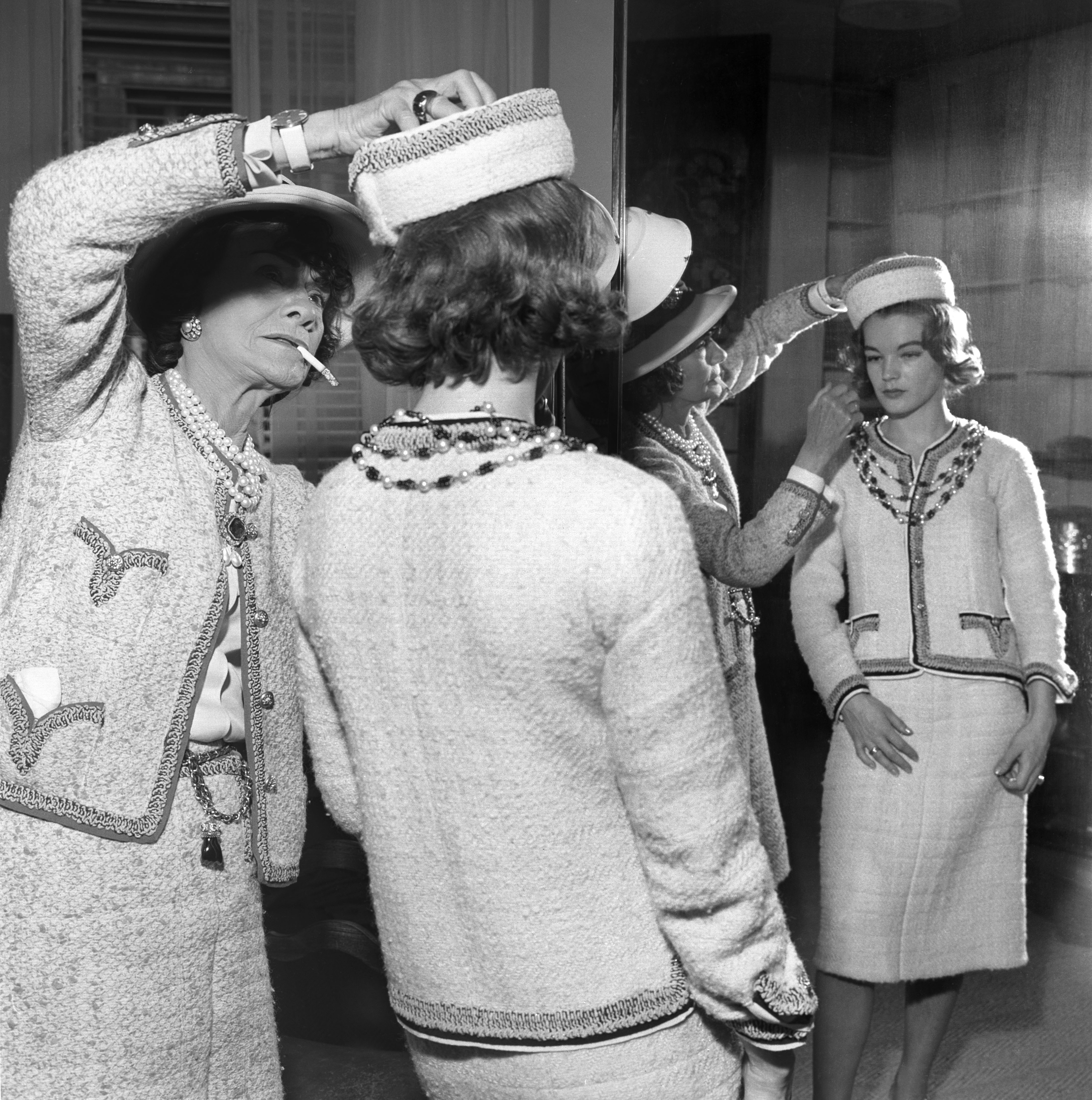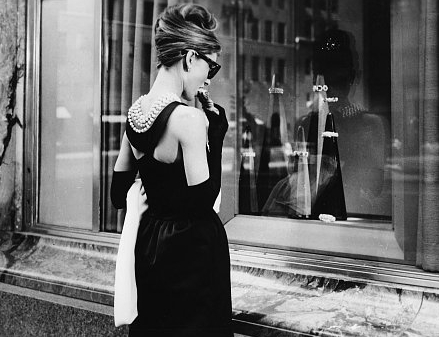Gianni Versace
"I think it's the responsibility of a designer to try to break rules and barriers."
Gianni Versace, is responsible for bringing rock, art, sexuality and brilliant colour into contemporary fashion.
Gianni never went to fashion school. He was taught as an apprentice by his mother who was a dressmaker and ran a work and employed up to a dozen other seamstresses , and he made his first dress at aged 9- a one shouldered evening gown made from velvet.
Gianni never went to fashion school. He was taught as an apprentice by his mother who was a dressmaker and ran a work and employed up to a dozen other seamstresses , and he made his first dress at aged 9- a one shouldered evening gown made from velvet.
He studied architecture before moving to Milan at the age of 26 to work in fashion design. In 1972 he got his first chance to showcase his skills was whilst designing a collection for Fiori Fiorentini an Italian based company.
Versace then went on to design for many Italian fashion labels and in 1974 he designed a line of his own called Complice and it was the first occasion where his own name was included in the brand name.
He opened his first boutique in Milan in 1978. He sold other labels as well as his own, this was so the labels complimented his collections.
In the early 1980s, with the global economic boom and fashion for lavish, strongly stated clothing, Versace’s ‘look’ flourished and his boutiques spread around the world.
In 1984 versace added the Instante label to his fashion label, this was targeted towards a less afluent and younger crowd, this label was similar to the Versace Couture. Also in 1978 his own very first Gianni Versace Donna collection was shown at the Palazzo della Permanente, a contemporary art museum in Milan. The collection had a floral, romantic feel and also included leather trench coats softened by wool fabrics of the skirts decorated with delicate silk and chiffon petals. Although the collection wasn’t a huge hit among the press to begin with, both Italian and French Vogue picked the trench coats to use in their editorials a few months later.
The Versace label continued to grow and, with new collections, Gianni would only vaguely sketch out his ideas, before trusting his assistants to make the ideas wearable.
Every collection was presented by supermodels – a phenomenon also invented by Gianni Versace. He never made his models adopt a new look as seasons change. Instead Versace polished their own, adding charisma and glamour to the natural beauty. He paid them enormous amount of money (as much as $50000 for a show compared to £1000 an average catwalk model would earn during entire Milan fashion week) and treated each girl like a queen who stayed in the best hotels and had exclusive access to parties, dinners, spas and private jets. He remembered their birthdays and always sent them surprise gifts and kind notes. He turned fashion models into celebrities and they made his clothes even more desirable.
Every collection was presented by supermodels – a phenomenon also invented by Gianni Versace. He never made his models adopt a new look as seasons change. Instead Versace polished their own, adding charisma and glamour to the natural beauty. He paid them enormous amount of money (as much as $50000 for a show compared to £1000 an average catwalk model would earn during entire Milan fashion week) and treated each girl like a queen who stayed in the best hotels and had exclusive access to parties, dinners, spas and private jets. He remembered their birthdays and always sent them surprise gifts and kind notes. He turned fashion models into celebrities and they made his clothes even more desirable.
In 1997, the world was shocked when Versace was sadly murdered outside his mansion in Miami.
The Control of Gianni’s empire passed to his brother Santo, and his sister Donatella became the new head of design. However, it was Donatella’s 11-year-old daughter, Allegra, who was the soul heiress of Gianni’s fortune.
Gianni's legacy lives on 18 years later and his impact on the fashion world will never be forgotten.
The Control of Gianni’s empire passed to his brother Santo, and his sister Donatella became the new head of design. However, it was Donatella’s 11-year-old daughter, Allegra, who was the soul heiress of Gianni’s fortune.
Gianni's legacy lives on 18 years later and his impact on the fashion world will never be forgotten.










